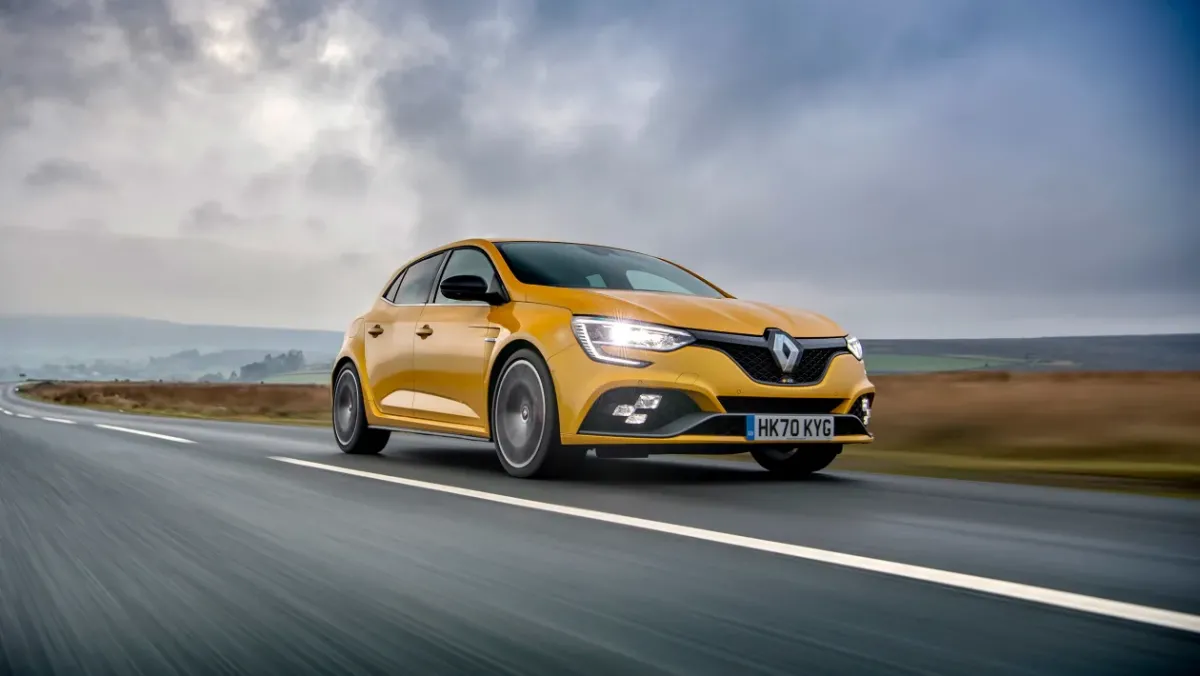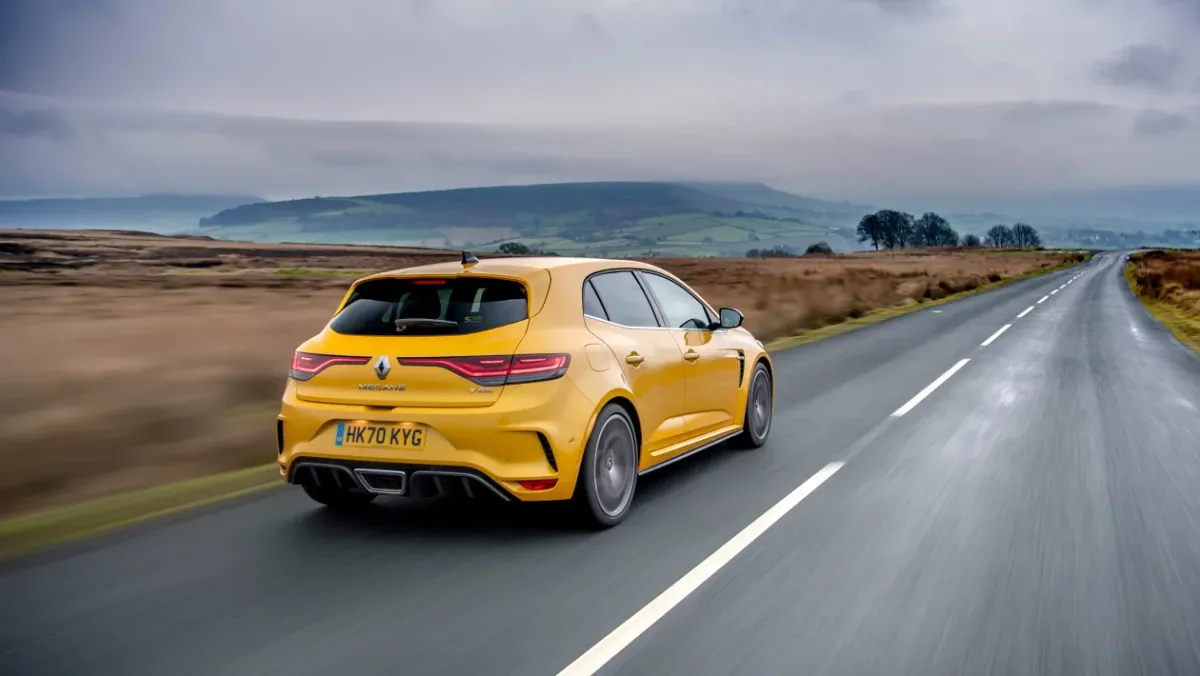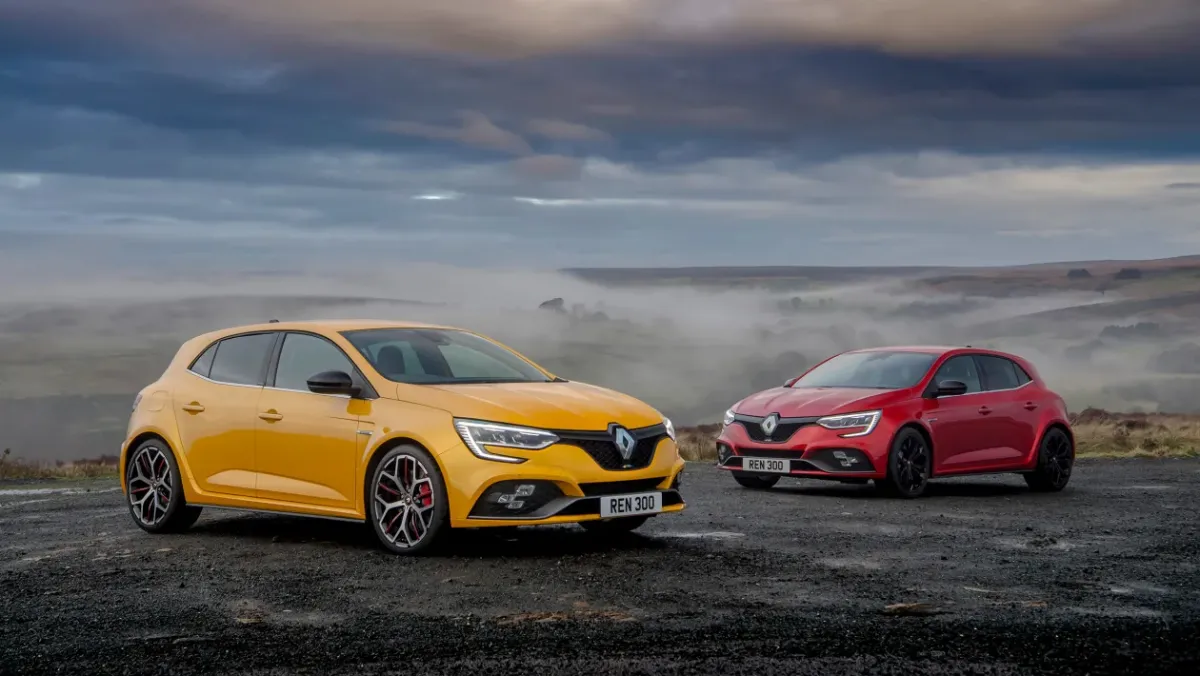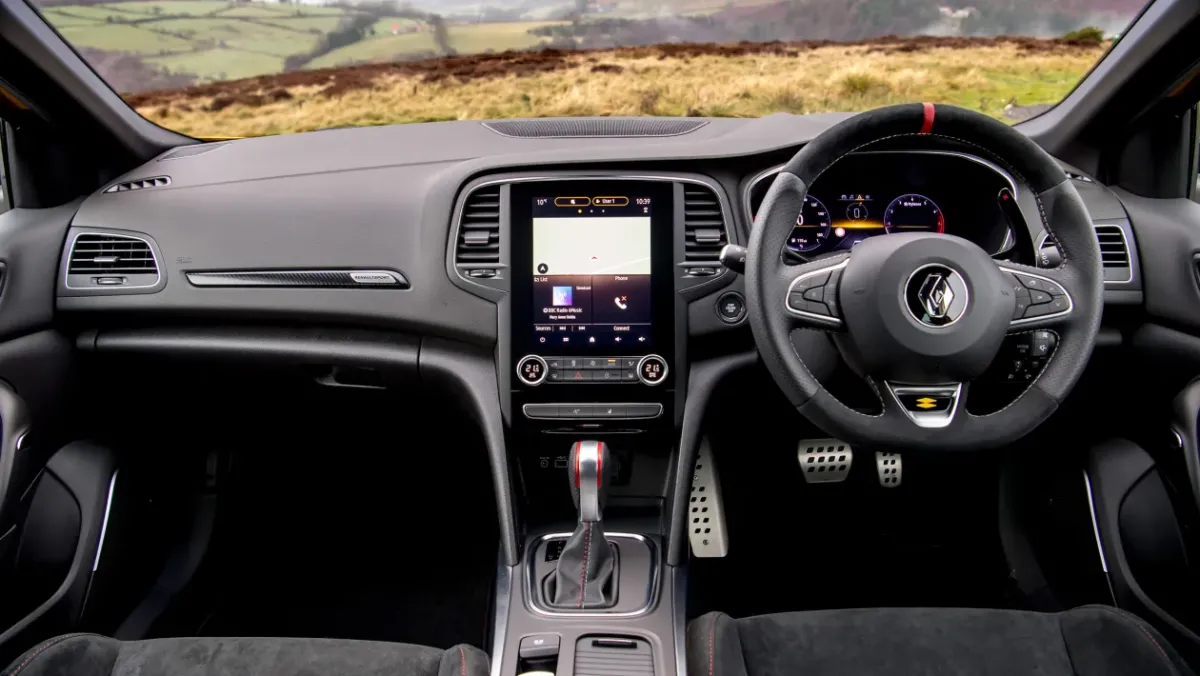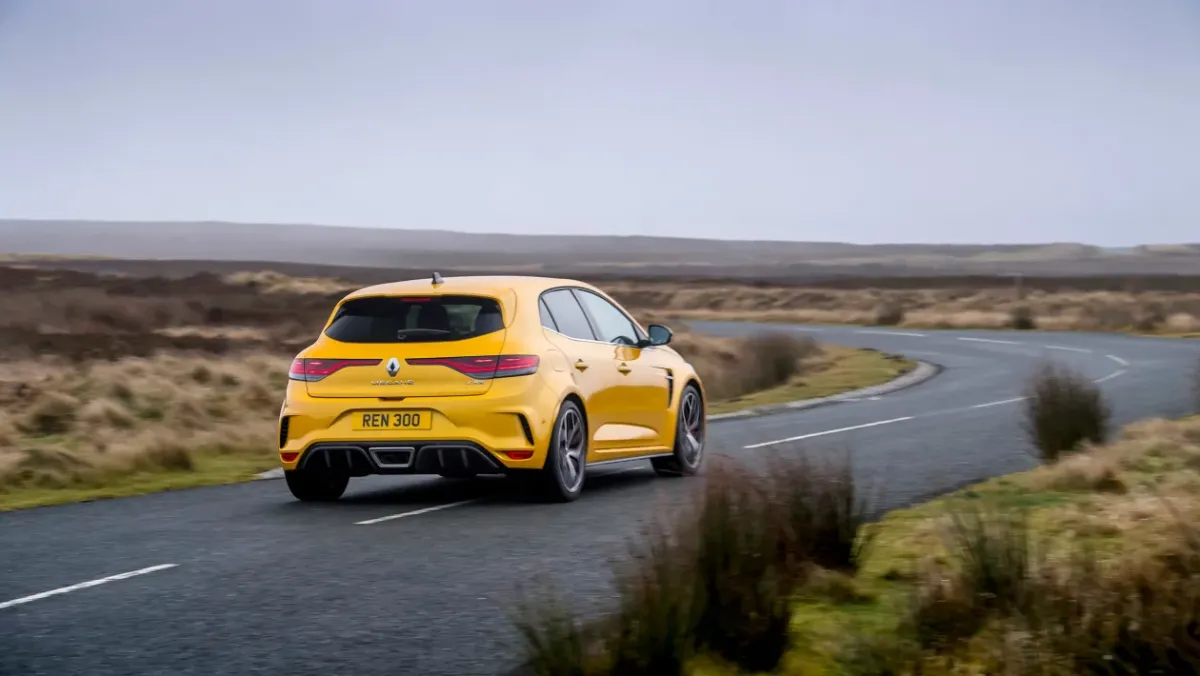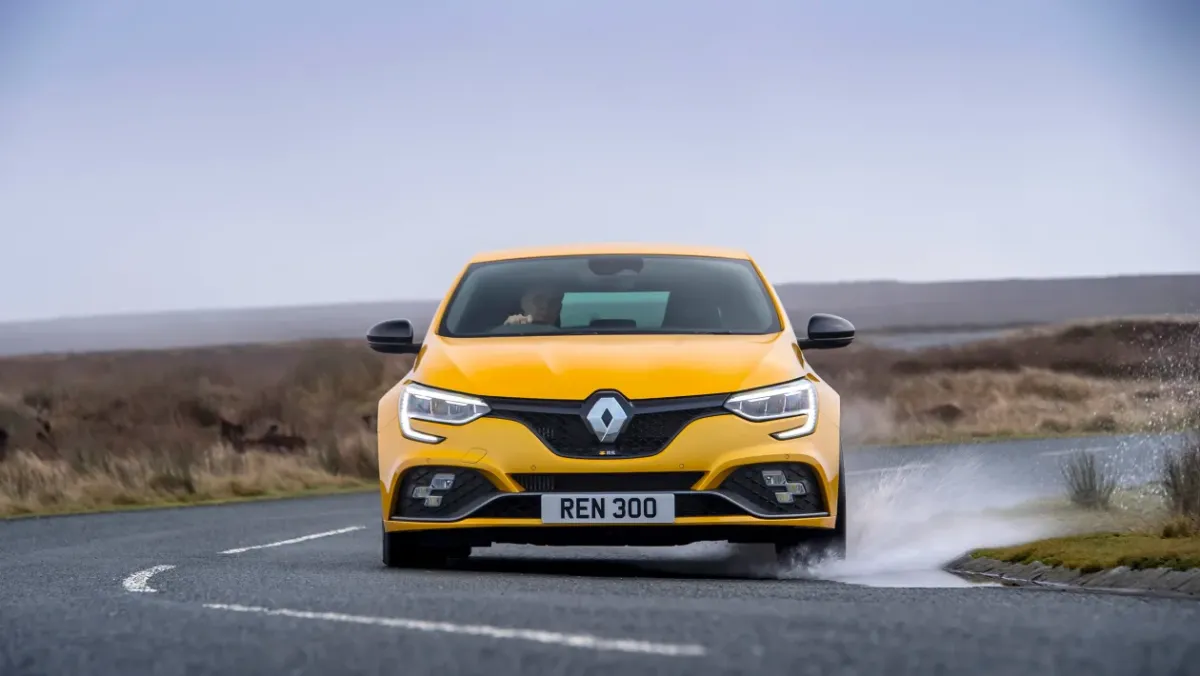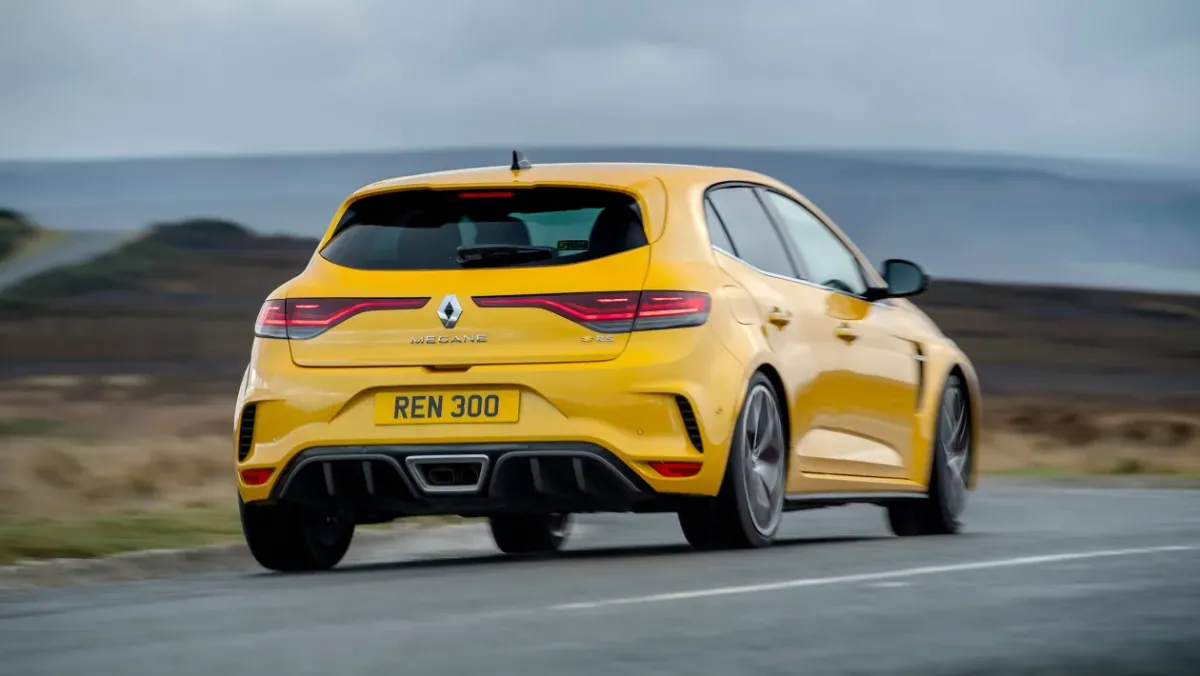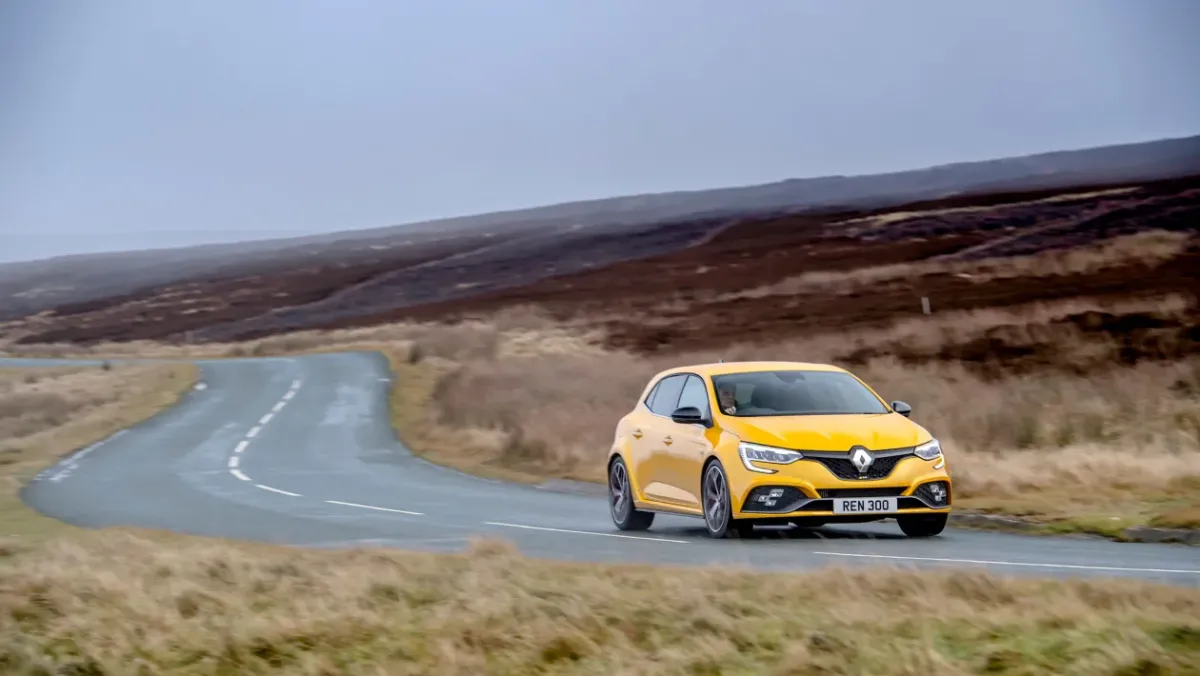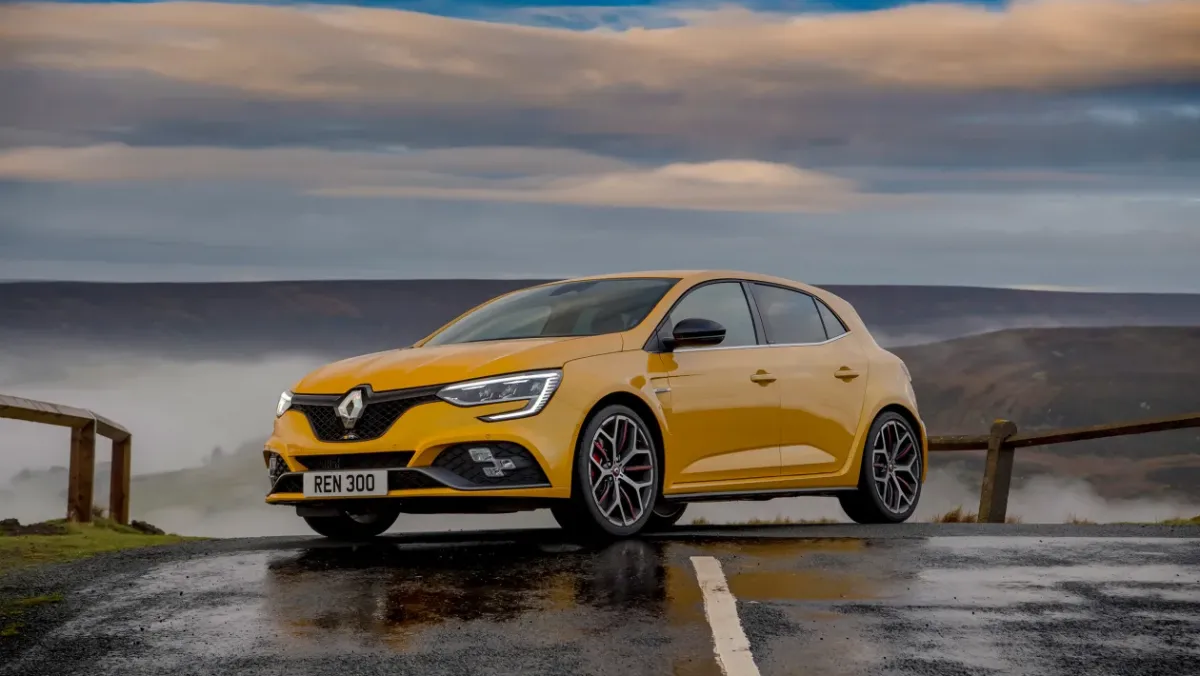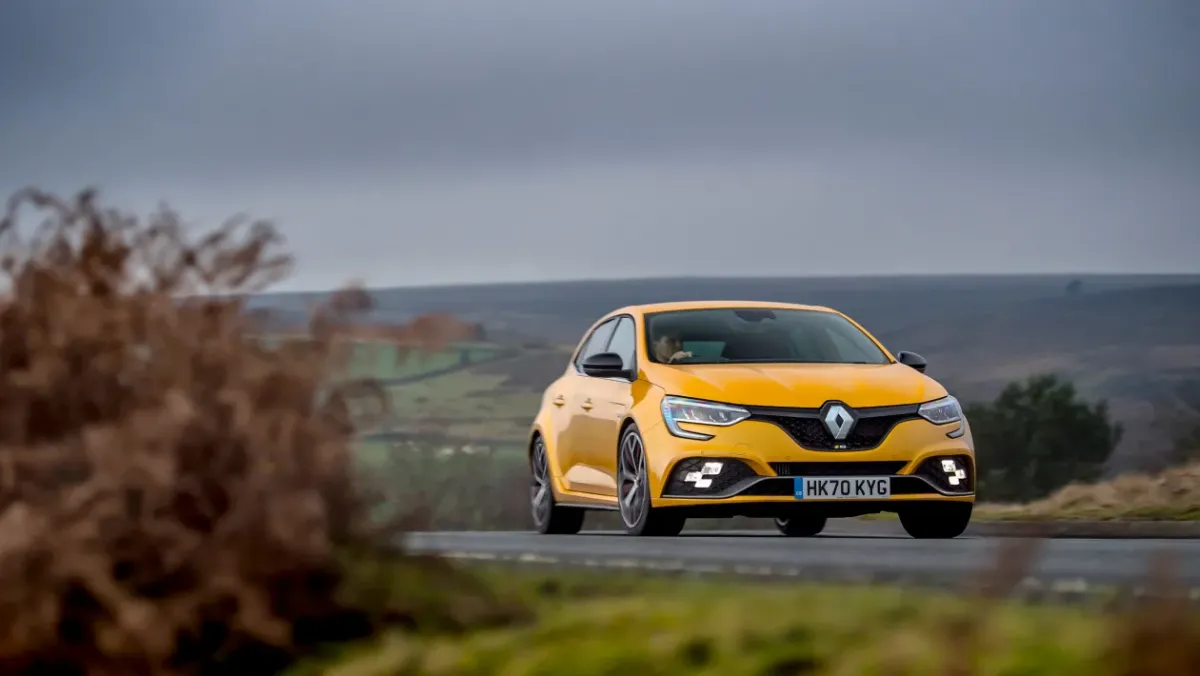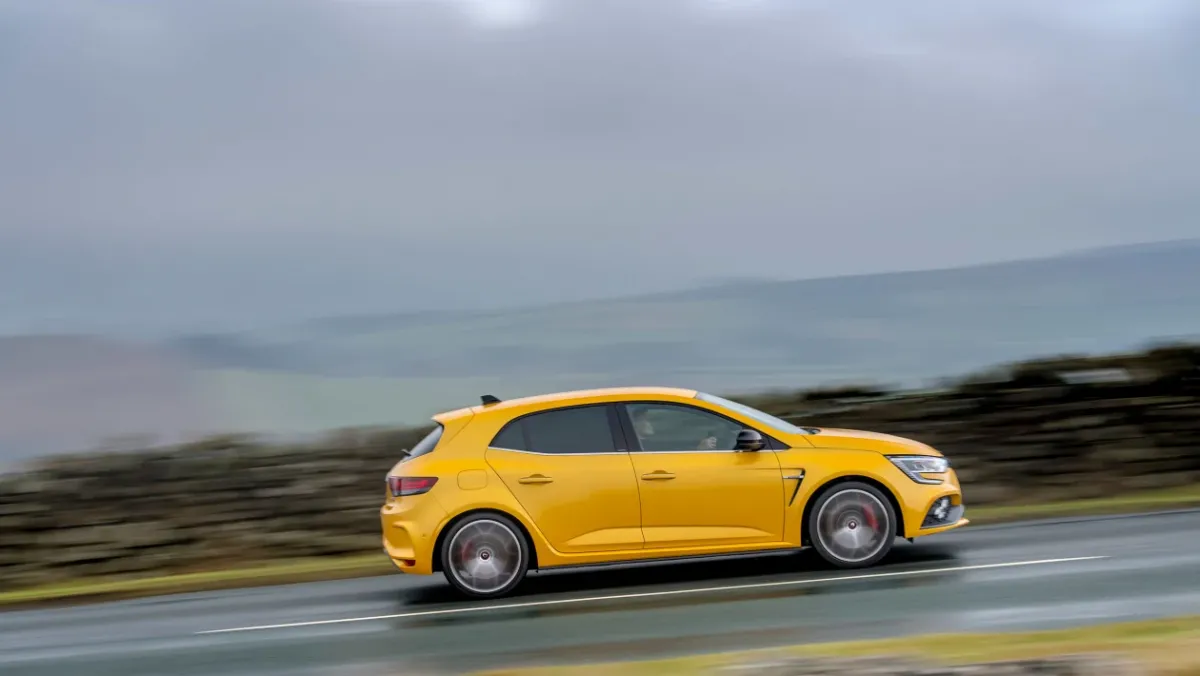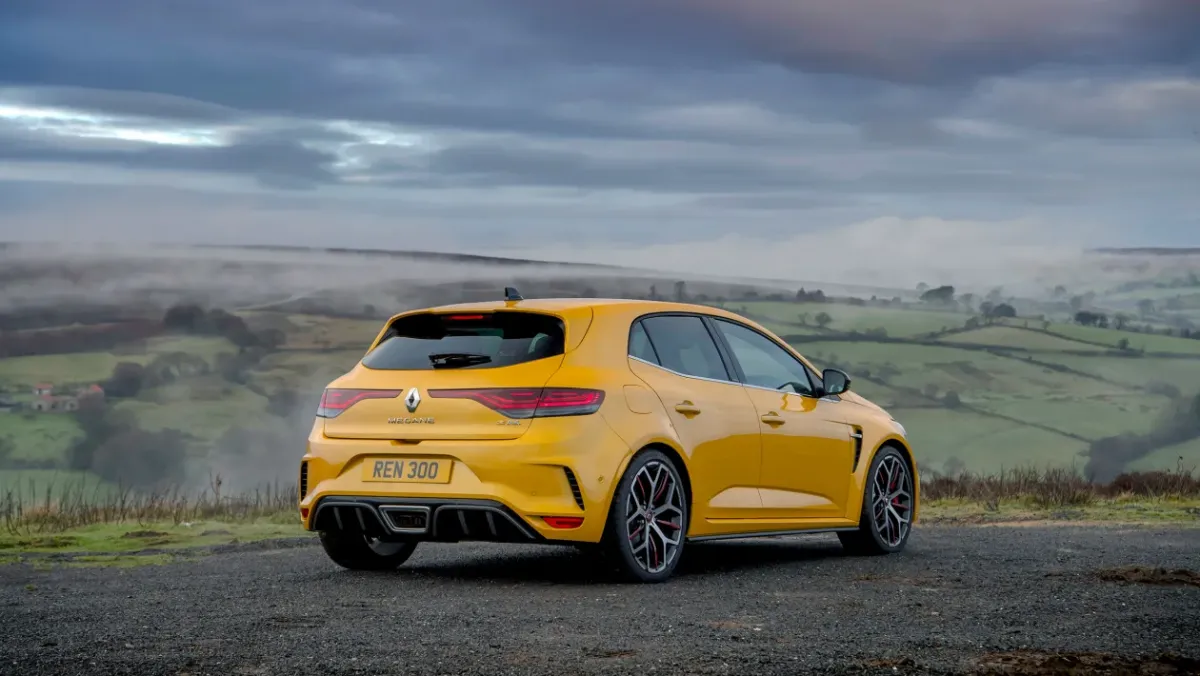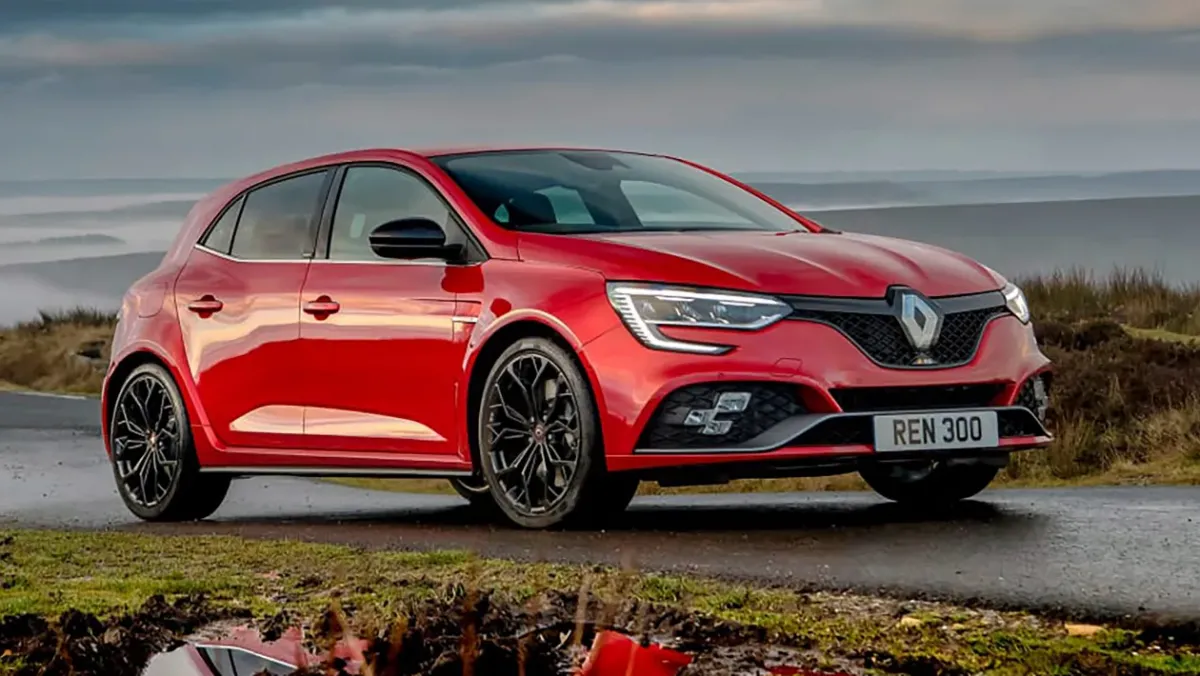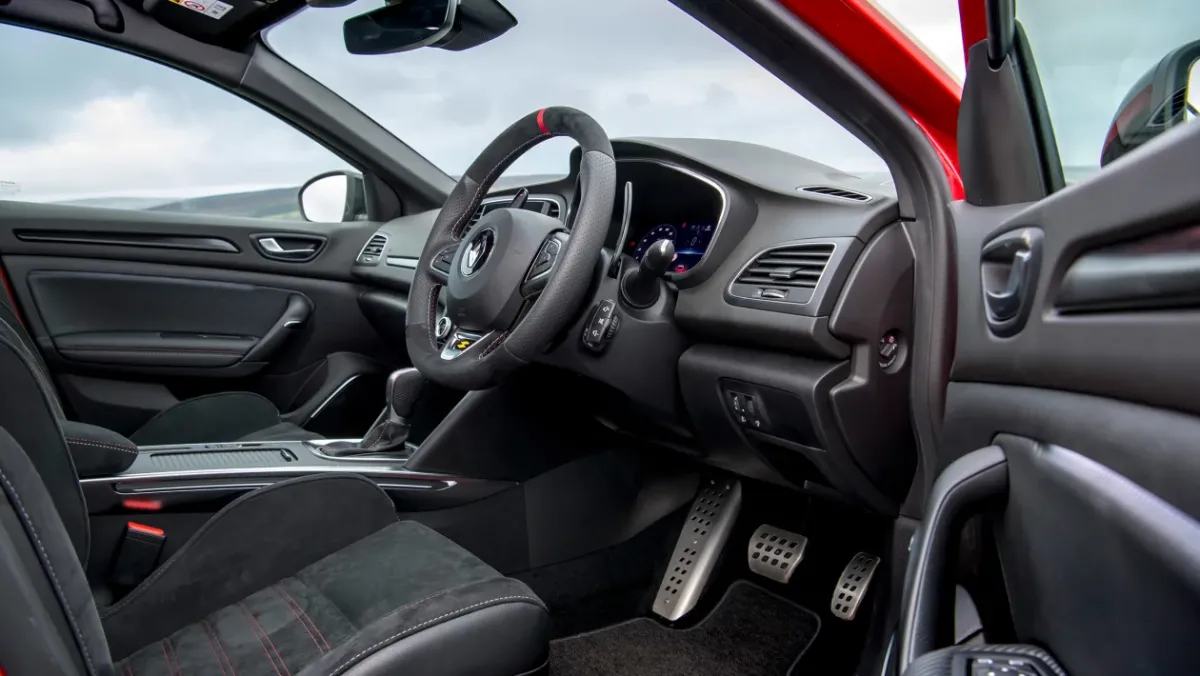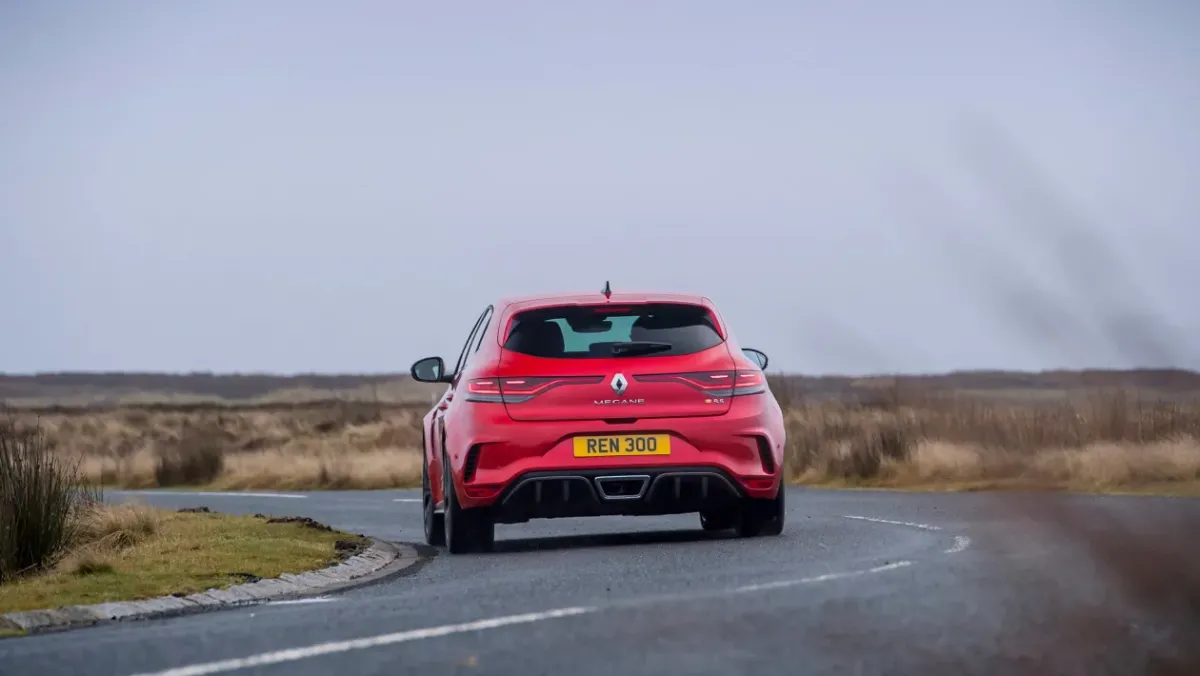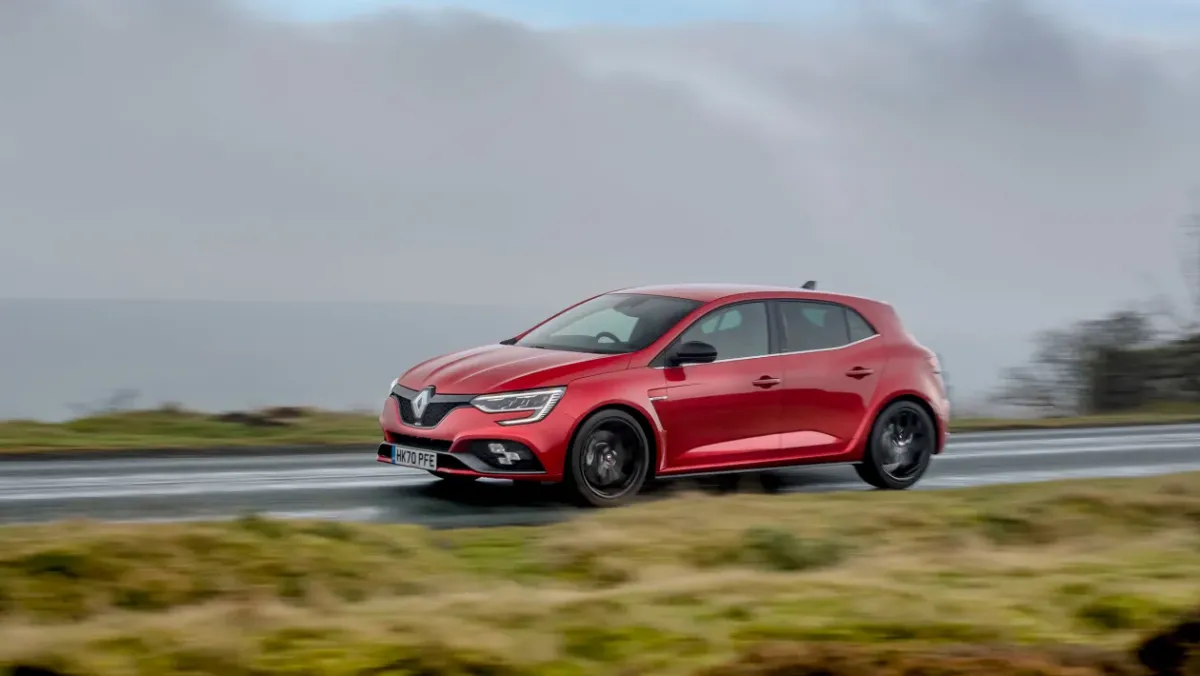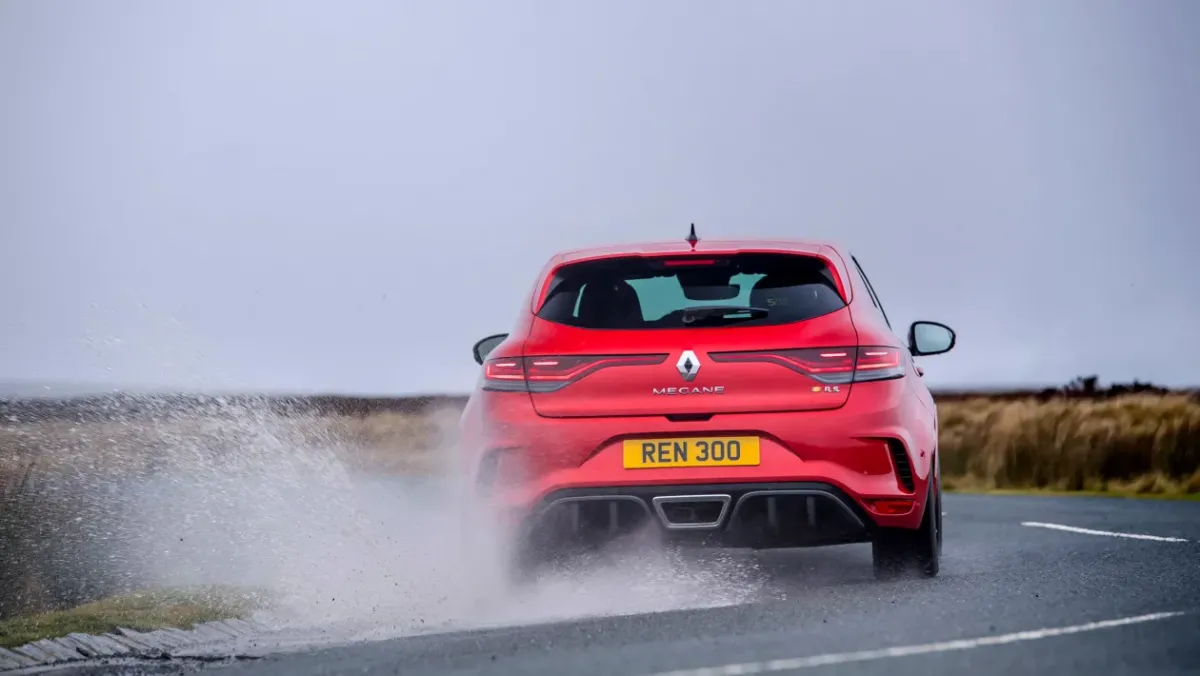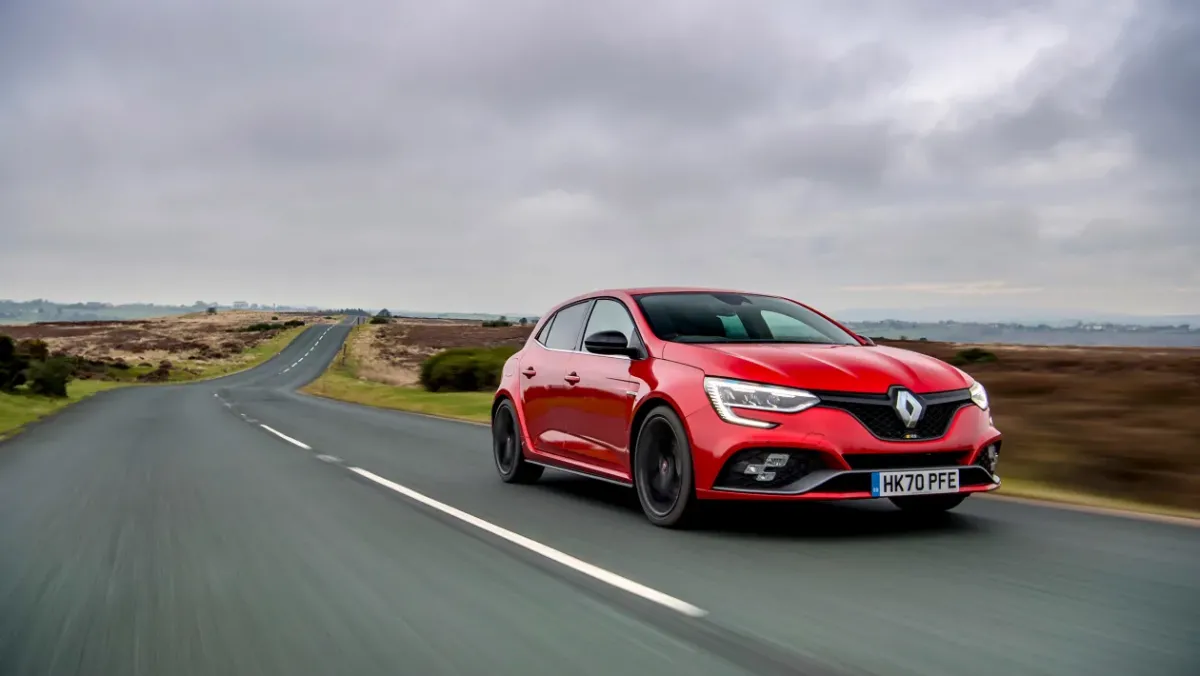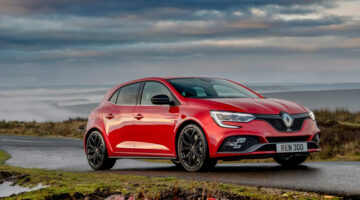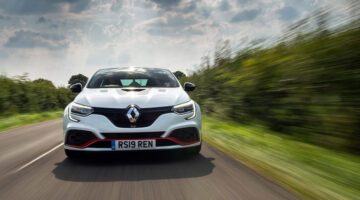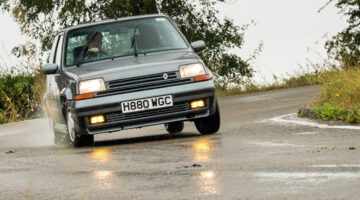The current Renault Mégane RS might only just be clinging to life, but in recently updated form it’s a better all-round hot hatch than ever
When Renault announced its plans to turn Alpine into an electrified performance sub-brand for its mainstream models in 2021, the inevitable question for anyone interested in hot hatchbacks was where it would leave Renault Sport. The bad news was that the answer quickly followed, being sort of nowhere.
Aside from being the source of some of the greatest hot hatches of the last 30 years, the death of Renault Sport as we know it also has ramifications in regards to the two remaining RS models in the range. Despite the Mégane RS of this current generation having a tricky start to life, there have been real highs amongst some lows, but with some key changes made where does Renault’s only remaining hot hatchback sit following a mid-cycle update?
The answer to that question is thankfully it’s now something less dour, as while the trackday toy Trophy-R wasn’t reimagined and the manual option was killed off entirely, what remains is a concise range of two quite distinct RS variants with different appeals and their own pros and cons.
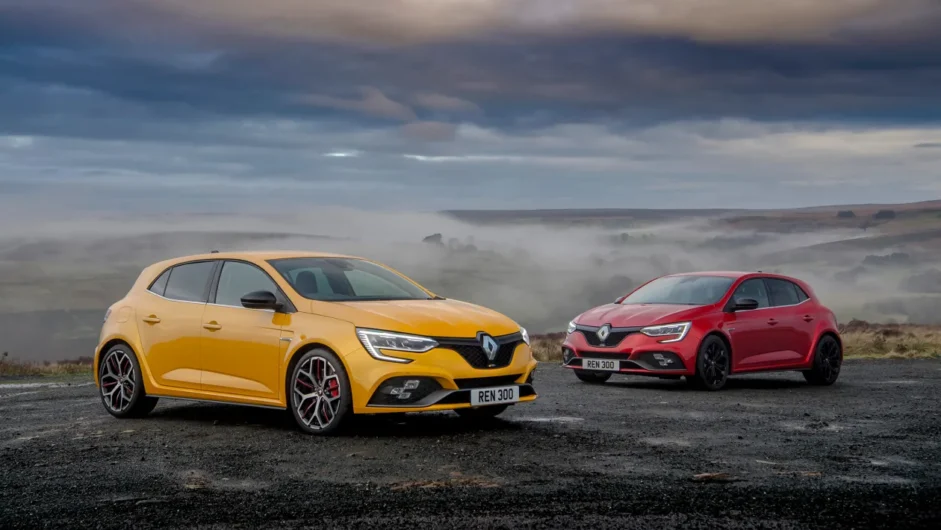
Prices, specs and rivals
Where once there was a dizzying array of Mégane RS variants with its two chassis options, two engine outputs and two transmissions, the midlife update has dramatically cut the range to just two models. Both share the same 296bhp engine specification paired to a six-speed dual-clutch transmission, but differ on chassis spec and some hardware.
The base RS 300 costs from $46,151 and comes with a softer Sport chassis set-up alongside 18-inch wheels and a good standard kit list which includes LED headlights, a large portrait-oriented R-Link infotainment system and black cloth-covered sports seats. In terms of chassis hardware, the 300 still packs a powerful set of Brembo brakes, a bimodal exhaust and the rear-wheel-steering system, but the full set is reserved for the Trophy.
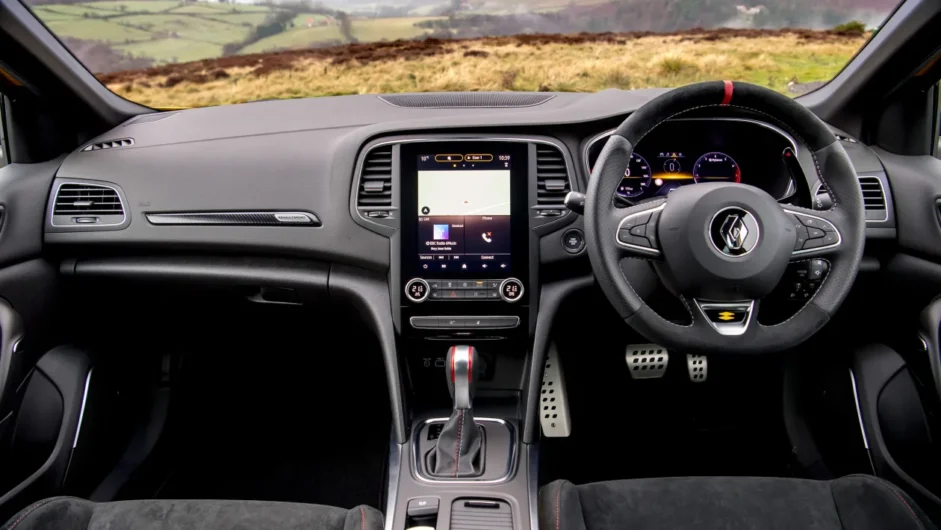
Part with an extra $5870 and the $52,020 RS Trophy with its stiffer Cup chassis builds on the hardware with a limited-slip differential, bi-material brake pads, lighter 19-inch wheels and a red finish to the Brembo brake calipers. Inside, the black cloth seats are replaced with Alcantara trim, which is replicated on the door cards and steering wheel. You’re also able to option the excellent Recaro buckets on the Trophy which are not available on the 300 model.
The Trophy-R with its infamous $95,000 price tag in top-spec form has not been reimagined for the update, and while the notion of a final celebration of the Mégane RS with one final track-focused variant would certainly go down well, Renault Sport’s virtual disbandment and the focus on Alpine within the Renault group has likely called time on that one.
In terms of rivals, the Honda Civic Type R is currently in a gap between generations, blasting the hot hatchback class wide open for a new leader. Unfortunately for the Mégane RS, that position was quickly filled by the updated Hyundai i30 N which stands as the new class champion, albeit by a smaller margin than the Honda once held. Now available with both a manual and dual-clutch transmission, and with updates to the seats, wheels and infotainment, the i30 N is more complete than ever while still holding on to its value advantage at $44,905 for the manual and $47,475 for the DCT.
It’s a closer-run thing between the RS and Ford’s Focus ST, the former bettering the latter’s standard models yet coming under serious pressure from the limited-run Edition with its excellent coilovers. When specified properly, the Volkswagen Golf GTI Clubsport does a good job of keeping on the tail of the RS too, but comes in at over $52,000 when decent wheels and tyres and adaptive dampers are added to the already inflated base price. Otherwise, BMW’s 128ti is a quirky alternative that’s less expensive than many rivals at just under $45,570, but also considerably outgunned in a straight line and saddled with BMW’s dishwater dull B48 engine.
Engine, gearbox and technical highlights
The Mégane’s 1.8-litre turbocharged four-cylinder engine is the same unit as found in the middle of the Alpine A110, as is the dual-clutch transmission. But rather than making do with the base A110’s 249bhp and 236lb ft of torque, the hot hatch gets a bump to the A110S’s 296bhp as well as 310lb ft. The extra power is liberated thanks to alterations to the cylinder head courtesy of Renault’s Formula 1 powertrain engineers, a faster reacting twin-scroll turbocharger, mirror coating on the cylinder bores and a higher capacity, dual-intake induction.
The six-speed dual-clutch EDC transmission is unobtrusive, if a little dim-witted at slow speeds when left in automatic mode, but switch to manual mode and the changes speed right up, especially when in Sport or Race mode. The paddles themselves are column-mounted and made of metal, but also a little short on account of the retro stereo controller Renault still fits to all its cars. Gear changes themselves can sometimes feel a little clunky compared to those of the slickest VAG units or a modern eight-speed automatic, but it is very responsive and suits the RS’s more focused character.
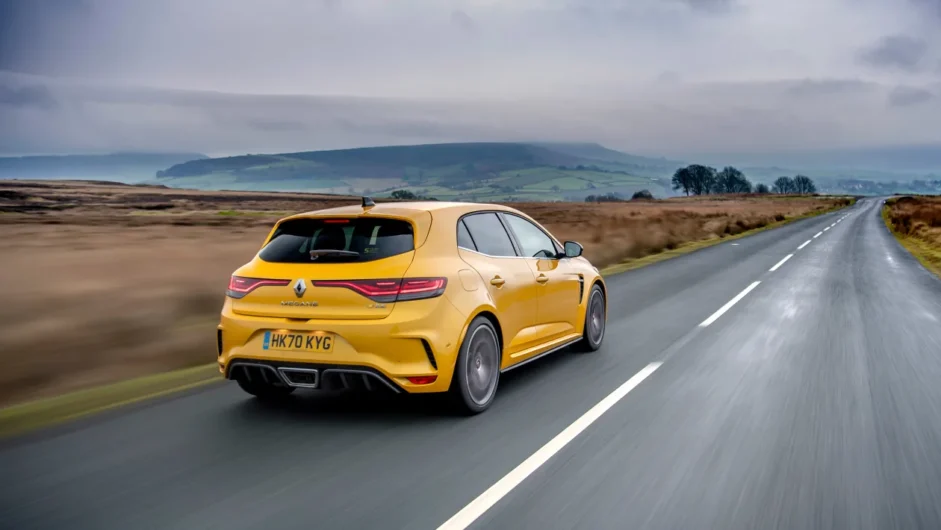
When not in the sportiest setting, the dual-clutch ’box changes up automatically as it hits the red line, which can be frustrating if it coincides with your own request for an upshift, or if you’re about to hit the brakes and don’t want one. While in most cases we’d bemoan its removal of the old six-speed manual car was notchy at best.
The Mégane’s exhaust includes some refreshingly simple technology to create different volumes depending on how you’re driving. Rather than resorting to heavy valves and actuators, the pressure and speed of the exhaust gases change the way it sounds – as the revs rise and the engine expels more gases, the longer silencer tube in the back box is automatically bypassed.
Unlike most of its rivals – notably the Hyundai i30N Performance – the Renault Sport Mégane does not have adaptive dampers. They aren’t even an option like they are on the Golf GTI and R. Instead, the Mégane has passive dampers, but rather than being devoid of any state-of-the-art technology, each unit has inbuilt hydraulic bump-stops that make the extremes of the suspension movement far less abrupt than with conventional rubber stops.
Engine and gearbox
Both RS models will reach 100kph from rest in 5.7sec, and top out at 259kph. The engine feels far stronger in the Mégane than it does in the Alpine, even more so than the 1.8-litre figure might lead you to believe. Not only is it powerful, it feels sophisticated too, with more character than a latest-gen EA888 from the VW stable and more enthusiasm than the Hyundai’s Theta unit.
With an initial pump of torque at low rpm, the Renault’s engine will quickly build steam and just keep on revving to its red line without any distinct reduction in momentum. As with all modern turbocharged four-cylinder engines, the red line is relatively low at 6250rpm.
Pop the Mégane into Race mode and the inoffensive engine noise is masked by a thrummy, synthetic din emitted by the speakers. Not only does this not sound very appealing, it’s barely like an engine noise at all. The Perso mode, where you can choose your own set-up, allows you to select the Race settings for everything but the engine noise, if you wish. Excellent.
Ride and handling
Even with many of the same attributes as previous Renault Sport Méganes, such as the strong engine, the excellent body control and the impressive traction, this model behaves very differently from its predecessors. And that’s mostly down to the all-wheel-steering system.
The Mégane is hyper alert, reacting – almost overreacting – to every steering input with real agility. Treat it like an ordinary hot hatch and it feels nervous and twitchy as you enter a corner. Play by its rules, trust that the rear-wheel steer alone will give it the capability to turn in rather than trying to improve the car’s agility yourself by braking later and deep into a corner, and what the Mégane’s chassis and systems are trying to do makes much more sense. It changes direction with such precision and ease you long for a tight and twisty road for you to lead it down, repeatedly jinking one way, then the other.
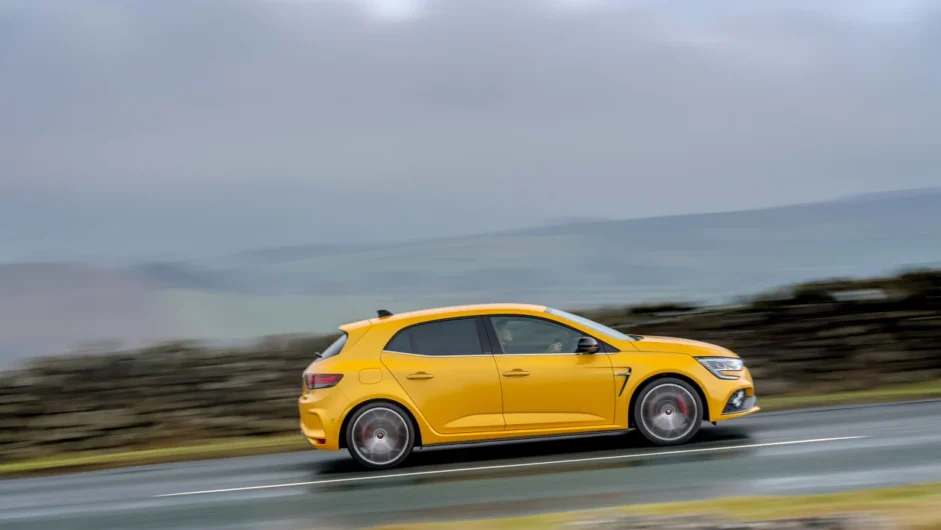
With the Cup chassis in the Trophy comes a limited-slip differential, so jump on the throttle early in a bend and you reveal the Mégane’s real party piece. The diff gives the front axle incredible bite and helps lock the tyres on the trajectory you’ve set with the steering. The rear axle engages so responsively that it makes the car feel as though you could maintain the same radius no matter what speed you’re travelling at, without the front or rear tyres losing grip. Just as long as you keep your foot on the throttle. Lift off, and in traditional hot hatch style the back end will want to break wide – but the feeling can vary markedly depending on the amount of grip available and the surface, varying between graceful and controllable to spikey and just a bit scary.
With passive dampers the ride and body control between the two models differs quite substantially, with the RS 300’s more fluid Sport chassis set-up giving it an impressive compliance and excellent composure over ridges and bumps in the road. Paired with the hydraulic bump-stops, it gives the RS 300 impressive reach into the tarmac, not feeling entirely unlike an Alpine A110, in fact.
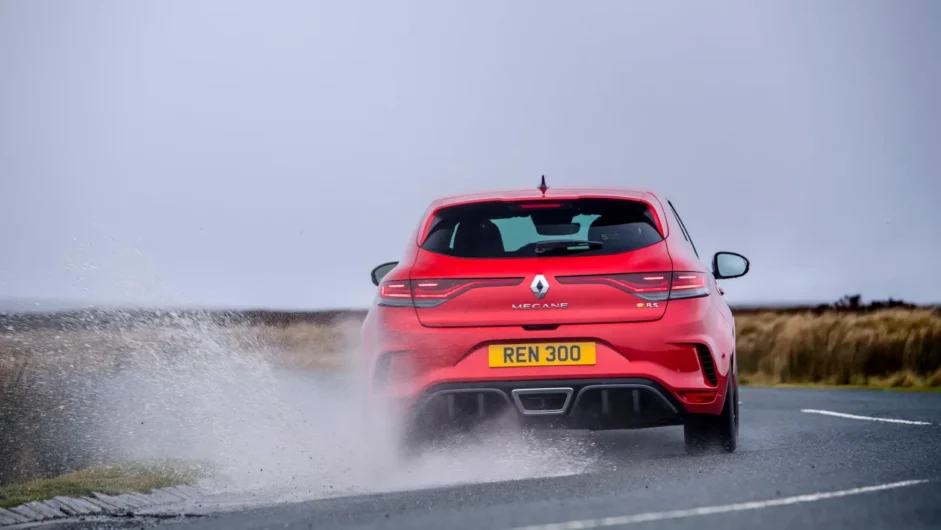
The cost of this is ultimate body control, as when you start to really exercise the chassis’ almost otherworldly agility the suspension can struggle to keep up.
This is where the Cup Chassis comes in, as its discernible reduction in compliance is made up for by the immense resilience it has to pitch and dive. Compressions and crests are dealt with without any fuss, and if the tyres do leave the tarmac the car returns to earth smoothly. There is some roll, but it’s kept to such a minimum and is so well contained that all it does is help you gauge the levels of grip, which, as it turns out, are huge.
L/100km and running costs
How times change. When the RS was launched back in 2017, prior to WLTP it was officially rated at over 7L/100km on a combined cycle, with the dual-clutch transmission certified at 5.7L/100km. On the new cycle, however, this figure has dropped way down to 10-9.7L/100km, which is admittedly far more representative to real-world figures.
This is lower on paper than many rivals, but few concessions have been made in the pursuit of inflating that figure, and with only six ratios in the transmission and no obvious overdrive gear for motorway speeds it’s a compromise we’re willing to make.
The regular Mégane RS, with 18-inch wheels, comes with 235/40/18 ContiSportContact 3 tyres that are around $170 each. The Trophy model, with the bigger 19-inch wheels, comes on more aggressive 245/35/19 Bridgestone Potenza S001s. As you might expect, these are a little more expensive, at around $235 each.
Interior and tech
While Renault’s general seating positions have gotten much better over the years, the Mégane still requires some acclimatisation when you hop in, especially given the oddly tall dashboard.
There was an attempt by Renault to make the interior feel more high-end than previous versions when this fourth-gen Mégane arrived in 2016. And, to an extent it succeeded, although the landmark shift in interior car design since the wider adoption of digitisation does make it now feel older than it is.
There’s an array of soft, padded materials across the interior, but the rough edges, sharp cuts and moulding marks of some of the plastics and the occasional wobble of a button undermines the effect. The seats are great though, whether you’re in the standard chairs or the adjustable Recaro buckets of the Trophy.
Design
Design trends come and go, but proportions are timeless, something the current Mégane RS makes excellent use of. When development commenced on this generation of RS, Renault Sport’s insistence on a wider rear axle came with the huge expense of giving it its own bespoke body-in-white.
It’s this foundation that Renault’s designers have capitalised on in what has long been, and remains, the best looking hot hatchback on sale. In contrast to most, if not all its main rivals, the RS has a brilliant flared stance that’s nowhere more evident than the rear end, accentuated by its near full-width rear lights and crisp signature. While you’re back there, the bulbous proportions are given plenty of welcome garnish with a (supposedly) functional rear diffuser and a central exhaust outlet.
The effect is no less dramatic up front, which too is dominated by flared arches, this time covering the wider front track. Slick LED headlights and those curious chequered-flag daytime running lights complete the lighting up front, while three attractive wheel designs and a good range of colours complete the package.
This article originally appeared at evo.co.uk
Copyright © evo UK, Autovia Publishing

